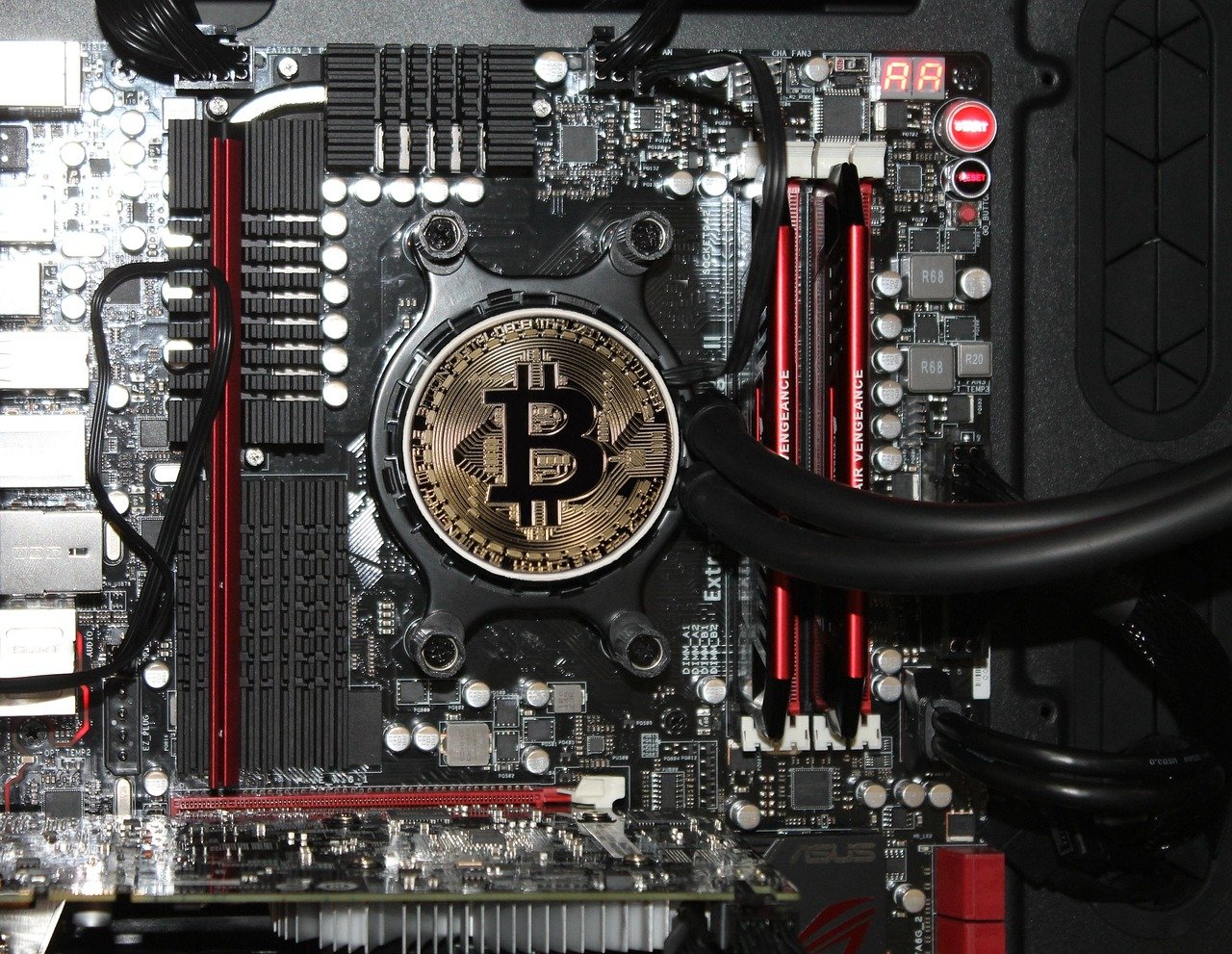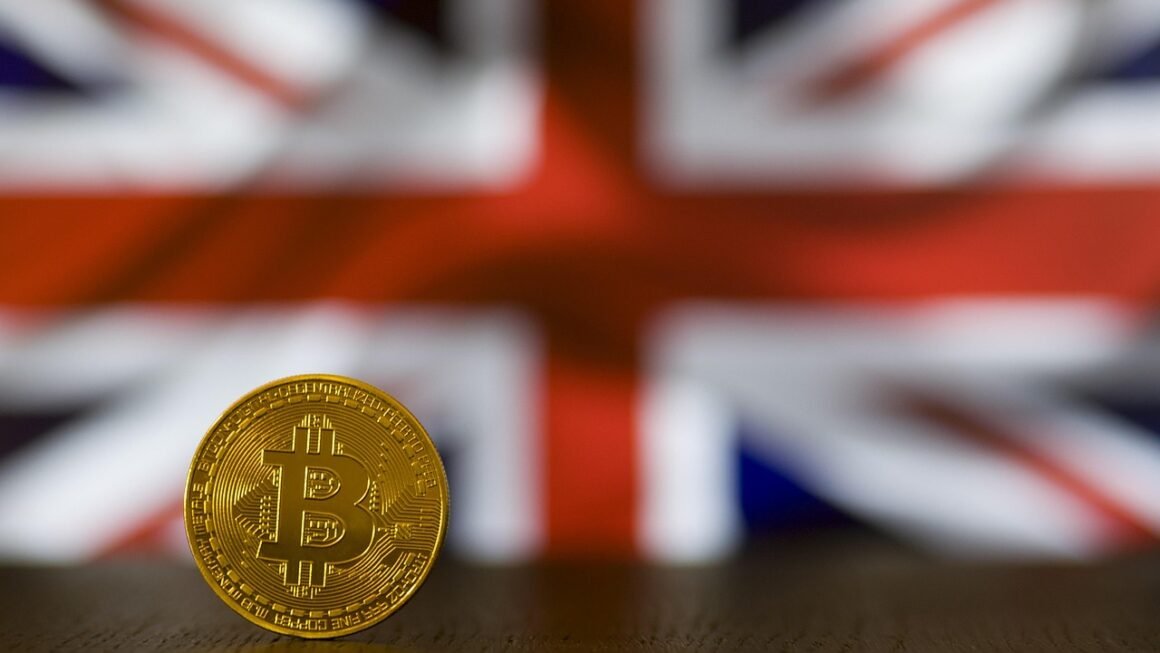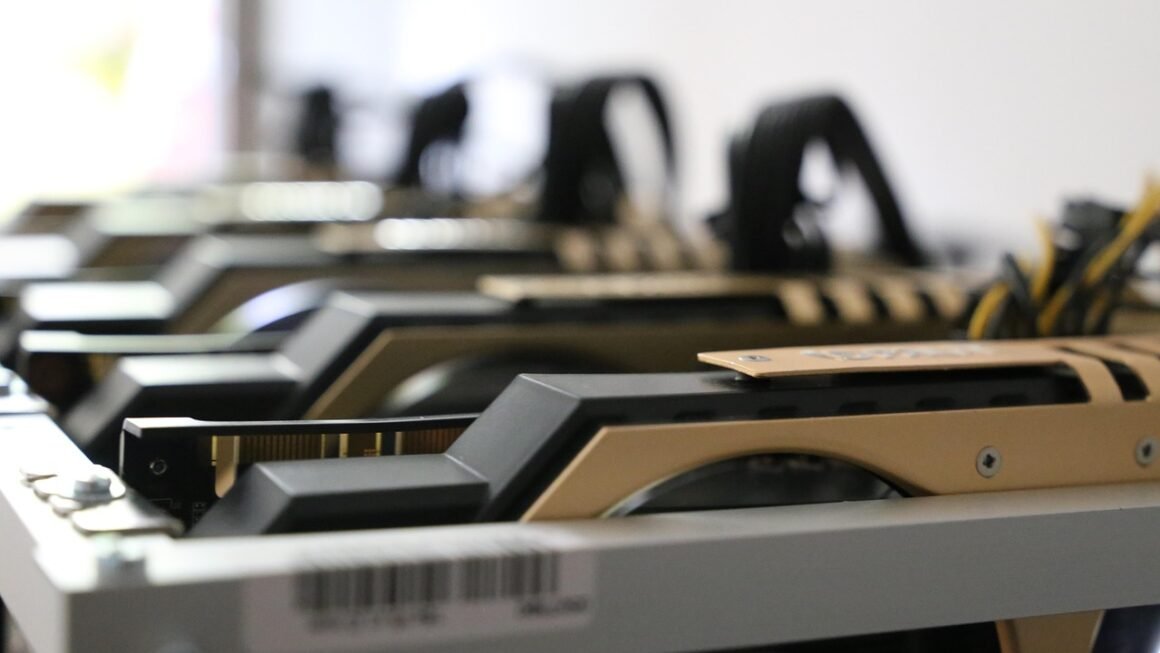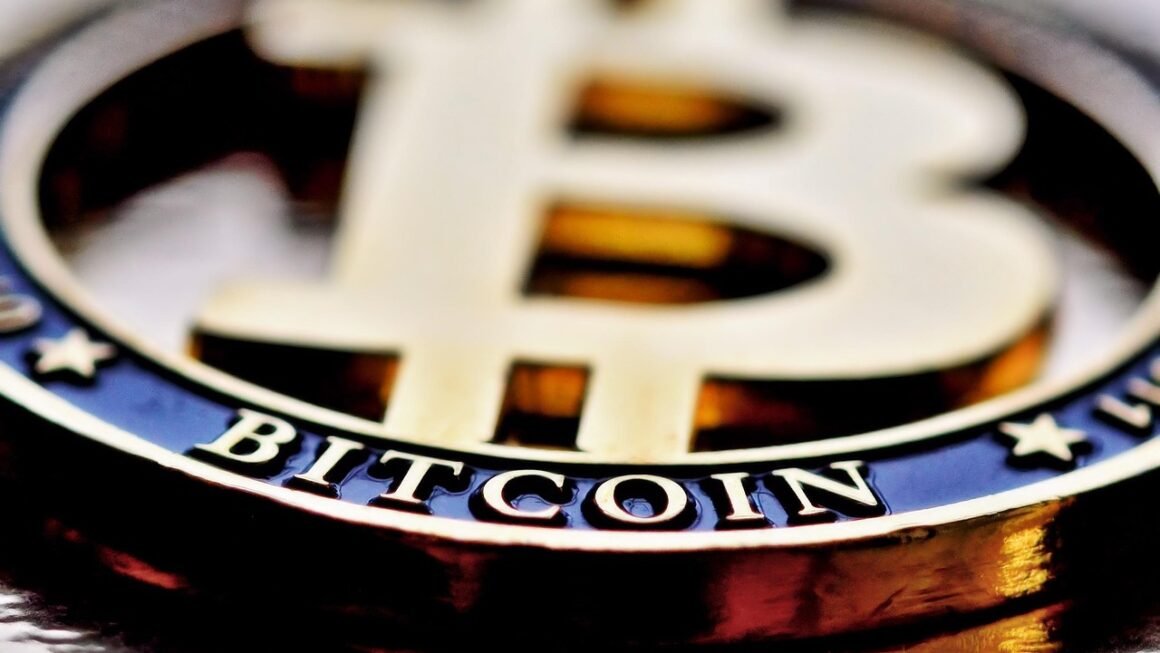Burning tokens might sound like a destructive act, but in the world of cryptocurrency, it’s a carefully orchestrated mechanism designed to benefit token holders and projects alike. It’s more than just sending tokens to a black hole; it’s a strategic move to manage supply, increase scarcity, and ultimately, boost the value of the remaining tokens. This article dives deep into the world of token burns, exploring their purpose, mechanics, benefits, and potential downsides, providing you with a comprehensive understanding of this key crypto concept.
What is Token Burning?
Definition and Purpose
Token burning is the process of permanently removing a certain number of cryptocurrency tokens from circulation. This is typically achieved by sending the tokens to a “burn address,” a wallet for which no one has the private keys, effectively making them irretrievable. The primary purpose of token burning is to reduce the total supply of a cryptocurrency, making the remaining tokens more scarce and potentially more valuable. This is based on the fundamental economic principle of supply and demand.
How Token Burning Works
The mechanism is straightforward:
- A predetermined number of tokens are selected to be burned.
- These tokens are then sent to a burn address.
- The burn address is designed so that no one can access or spend the tokens sent there.
- This transaction is recorded on the blockchain, publicly verifying the token burn.
The key is that the burn address must be demonstrably unspendable. Typically, this is achieved by generating an address with no corresponding private key.
Examples of Token Burning
Numerous cryptocurrencies utilize token burning strategies. Here are a few prominent examples:
- Binance Coin (BNB): Binance periodically burns BNB tokens to reduce the total supply, aiming to increase its value. These burns are typically quarterly and based on Binance’s profits. They have committed to burning 50% of the total BNB supply.
- Shiba Inu (SHIB): The SHIB community actively encourages token burns to reduce the massive supply of SHIB tokens in circulation, hoping to drive up its price. Users can voluntarily send SHIB to burn addresses.
- Terra Luna Classic (LUNC): Following the collapse of the original Terra Luna ecosystem, the LUNC community implemented token burning mechanisms to reduce the significantly inflated supply of LUNC.
Why Projects Burn Tokens: The Benefits
Increased Scarcity and Value
The most obvious benefit of token burning is the creation of scarcity. By reducing the total supply, the remaining tokens become more valuable, assuming demand remains constant or increases. This scarcity can attract new investors and reward existing holders. This aligns with basic economics: less supply, same demand, higher price.
Improving Tokenomics
Token burning can improve the overall tokenomics of a project. It can be used to:
- Stabilize Price: Burning tokens during periods of high volatility can help to stabilize the price by reducing selling pressure.
- Reward Holders: As the supply decreases, the relative percentage of tokens held by each user increases, effectively increasing their stake in the project.
- Attract New Investors: A deflationary token model (where supply decreases over time) can be attractive to investors who are looking for long-term value appreciation.
Proof-of-Burn (PoB) Consensus Mechanism
In some blockchain networks, token burning is used as part of the consensus mechanism. Proof-of-Burn (PoB) is an alternative to Proof-of-Work (PoW) and Proof-of-Stake (PoS). In PoB, miners “burn” (destroy) tokens to gain the right to mine blocks. The more tokens a miner burns, the higher their chance of being selected to create the next block. This method reduces energy consumption compared to PoW, although it still involves the permanent loss of tokens. Slimcoin is an example of a cryptocurrency that utilizes PoB.
Potential Drawbacks and Considerations
Centralized Control
Token burning is usually controlled by the project’s core team. This centralization can be a concern, as the team has the power to manipulate the token supply. It’s crucial for projects to be transparent about their token burning policies and schedules. Lack of transparency can lead to mistrust and market manipulation concerns.
Limited Impact
The effectiveness of token burning depends on various factors, including:
- Burn Rate: A small burn rate may have a negligible impact on the price.
- Market Sentiment: Even with a significant burn, negative market sentiment can outweigh the positive effects.
- Token Utility: If the token lacks real-world utility, burning tokens might not significantly increase its value in the long run.
Regulatory Scrutiny
Token burning can attract regulatory scrutiny, especially if it’s perceived as a manipulative practice to artificially inflate the price. Projects need to ensure they are compliant with relevant regulations and avoid making misleading claims about the benefits of token burning. Regulators may view token burning as akin to stock buybacks in the traditional financial world, potentially requiring similar levels of disclosure and justification.
Evaluating a Token Burn Strategy
Transparency and Communication
The most important aspect of a successful token burn strategy is transparency. Projects should clearly communicate:
- The reasons for the burn.
- The amount of tokens being burned.
- The schedule for future burns (if any).
- The burn address (for verification).
Clear and consistent communication builds trust with the community and reduces the risk of negative speculation.
Quantifiable Results
While predicting the exact impact of a token burn is impossible, projects should provide some rationale for why they expect a positive outcome. Have similar burns in the past produced positive results? Is the burn timed strategically with other project developments? Backing up the burn with data and rationale can build community confidence.
Community Involvement
Involving the community in the decision-making process regarding token burns can foster a sense of ownership and support. Polls or proposals can be used to gauge community sentiment and ensure that the burns align with the community’s goals.
Conclusion
Token burning is a powerful mechanism that can be used to improve the tokenomics of a cryptocurrency and reward its holders. However, it’s essential to understand the potential drawbacks and to evaluate the project’s burning strategy carefully. Transparency, communication, and community involvement are crucial for a successful and sustainable token burning program. While not a guaranteed path to success, when implemented strategically and transparently, token burning can be a valuable tool for managing token supply and potentially enhancing value in the long run.



